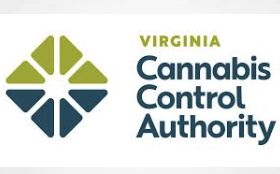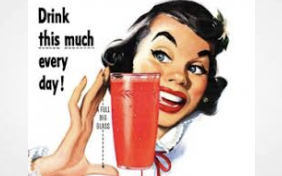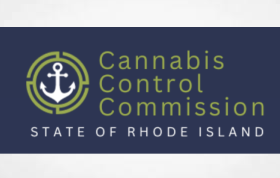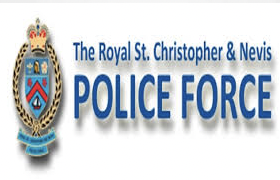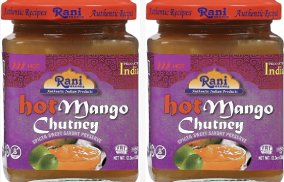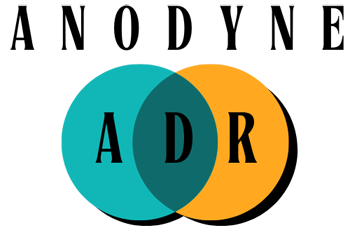Mitchell Osak, consultant wrote 16 December after the Health Canada assertion that only 3% of people in Canada are purchasing on the black market, he asserts that the figure is more likely around 40% as a conservative estimate.
False Positives: Health Canada’s Annual Cannabis Survey
“There are three kinds of lies: lies, damned lies, and statistics.” Benjamin Disraeli
Last week, Health Canada published the next instalment of their Canadian Cannabis Survey. I was gobsmacked by their findings.
In their confusing words: “The number of respondents who reported getting cannabis from a legal source in 2024 was 72% – an increase from 37% in 2019. However, a smaller proportion reported accessing cannabis through illegal sources (3%) compared to 2019 (16%).”
Huh?
The media’s takeaway (which is what matters because no one reads the entire survey) was very positive: only 3% of cannabis consumers buy from illicit sources and that 97% purchase from legal stores!
Can’t. Stop. Laughing.
3%, really?
Fact is, the number of consumers purchasing in the illegal market (IM) is most likely in the 40-50% range. Don’t take my word for it. Recent government estimates like the OCS put the figure at 46%
The survey’s odd findings do not end there. They write: “Past 12-month cannabis use among youth aged 16-19 was 41%, similar [sic] to several previous years (43% in 2023…and 44% in 2020).” Are we to believe that teen cannabis use is falling despite a plethora of new products, increased retail access, declining prices and their cohort’s shift away from alcohol?
My problem with the CCS stem from methodological issues and politics.
The 11,666 respondents (16 years+) self-reported online (questionable accuracy). Their claims are not actions nor does it represent what matters: volume (illicit buyers are heavy consumers)
I also suspect an undertone of politics. Showing terrific progress against the IM puts the governing Liberals (who will face a 2025 election) in a good light, and weakens arguments to lessen excise taxes (currently ~30% of all revenues) and institute more reform.
Survey results are also at odds with what other governments are doing. Ontario recently acknowledged (however meekly) their IM problem. They announced a $31M investment in combatting the IM over the next 3 years. Why bother if only 3% of Ontarians still buy from their plug?
The size of the IM is important. For one thing, government effectiveness matters. If you are going to conduct a yearly survey you better get the facts right.
Secondly, these numbers will be used as inputs and justifications for future policy changes – or inaction. A rosy IM picture reduces the urgency to enact enforcement and excise tax changes.
Finally, these numbers will impact some 2025 LP planning and investment decisions. Be careful and don’t forget to put this on the Cannabis Council of Canada 2025 lobbying and educational agenda.
Source: https://mitchellosak.substack.com/p/false-positives-health-canadas-annual


